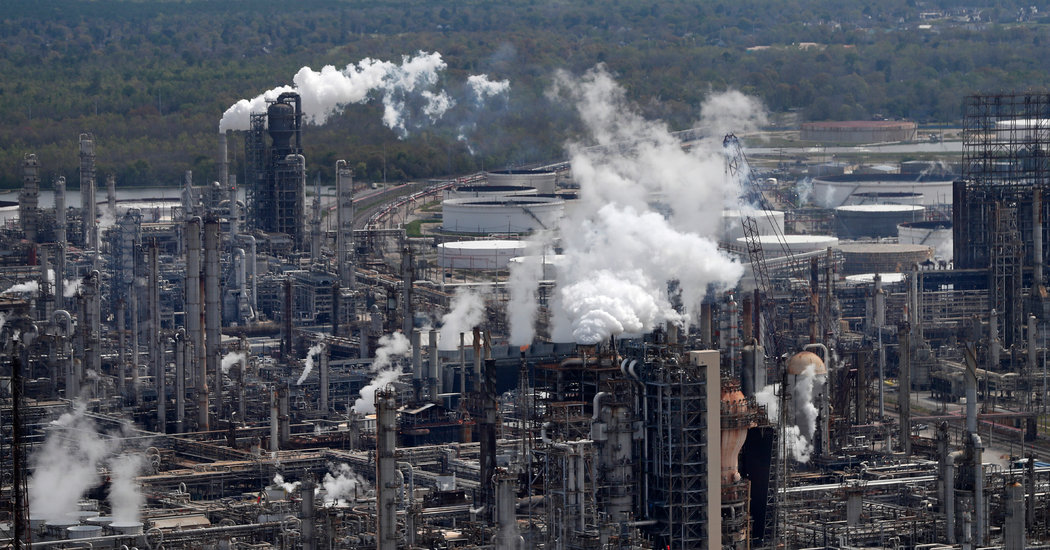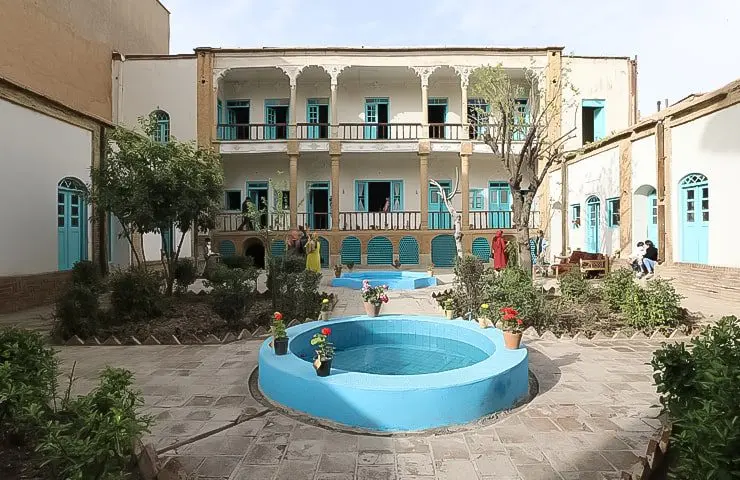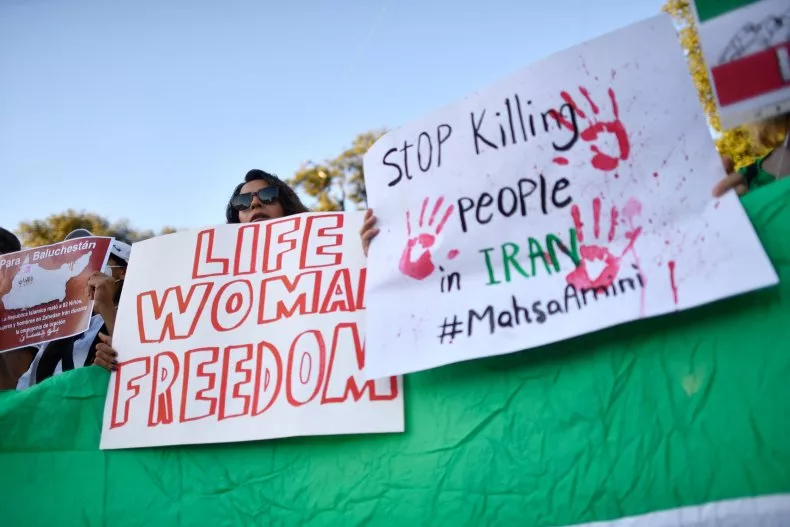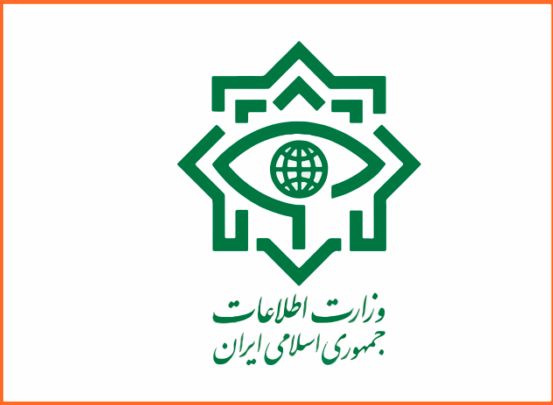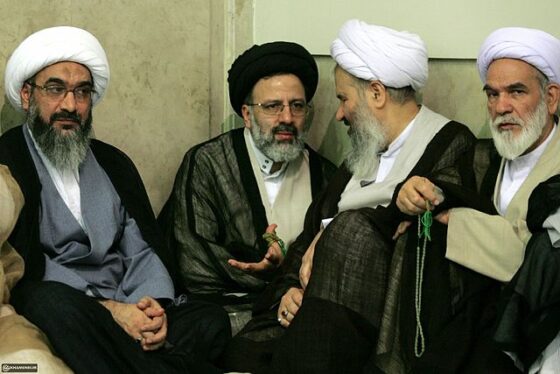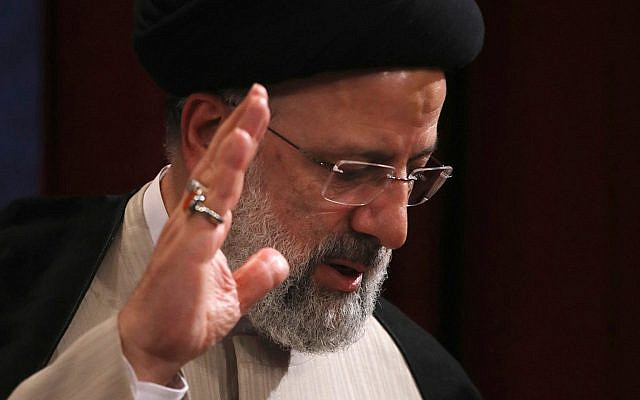The Organization of the Petroleum Exporting Countries and Russia agreed on Thursday to make further small cuts in oil production to firm up crude prices and compensate for higher output from the United States and other producers outside the cartel.
Meeting in Vienna, the cartel and Russia decided to deepen recurring cuts over the last three years by an additional 500,000 barrels a day, the equivalent of a half of one percent of global output, through the end of March 2020.
An official announcement of the decision will come on Friday, but the main outlines of an agreement were told to analysts attending the conference.
Oil prices barely moved on the news, largely because it will take time to see whether producers abide by the agreement.
“A lot of key details are still missing which will help the market determine whether this is a substantial or symbolic cut,” said Helima Croft, the head of global commodity strategy at RBC Capital Markets.
Once the powerhouse of the global oil market, OPEC now largely reacts to trends outside its control, particularly American oil production, which has doubled to 12 million barrels a day since 2012.
OPEC production cuts have done little to raise crude prices in recent years, largely because of the steady increase in United States shale oil production, mainly in West Texas. American output is expected to increase more slowly in 2020, but nearly a million new barrels a day are expected to reach global markets from Norway, Brazil, Canada and Guyana.
This month’s OPEC meeting has drawn attention because it is the first in which Prince Abdulaziz bin Salman, a half brother of Crown Prince Mohammed bin Salman, was in charge of Saudi energy policy as the newly appointed oil minister. His chief objective was to firm up oil prices to make the initial public offering of Saudi Aramco as attractive as possible.
On Thursday, Aramco set a price for its shares at a level that will raise $25.6 billion, which is expected to make it the world’s biggest I.P.O.
Saudi Arabia is always the key mover at OPEC meetings. The kingdom, which produces 10.3 million barrels of oil a day, more than a third of the OPEC members’ total, has made the lion’s share of cuts in recent years and is expected to continue doing so.
A leading proponent for cuts at the meetings has been Iraq, which, along with Nigeria, has regularly cheated on past agreements. Meanwhile, Russia has neglected to abide by its commitments this fall. The cuts in production from Venezuela and Iran have been involuntary, largely because of United States oil sanctions and political crises.
Saudi Arabia has been pressuring Iraq to make cuts and has offered Baghdad economic aid, but the recent collapse of the Iraqi government of Prime Minister Adel Abdul Mahdi and the expected long process to select a successor put any Iraqi agreement in doubt.
Saudi Arabia and Russia have been at the heart of a three-year alliance of oil producers known as OPEC Plus — which now includes 11 OPEC members and 10 non-OPEC nations — that aims to shore up oil prices with production cuts. Russian delegates at the OPEC meeting pressed for an exclusion of natural gas liquids from their cuts, potentially carving out a loophole that will allow them to pump more even while technically keeping their commitments.
OPEC currently produces 29.7 million barrels a day (about 30 percent of global output), which is 2.6 million barrels a day fewer than a year ago. A little less than half of that reduction comes from OPEC agreements, with the rest of the shortfall coming from Venezuela and Iran.
Rystad Energy, a Norwegian consultancy, has estimated the global oil market will be oversupplied by 800,000 barrels a day because of the new production and slowing economic growth. Bjornar Tonhaugen, Rystad’s head of oil market research, has warned that the global Brent oil benchmark, just above $60 a barrel on Thursday, could dip into the $40-to-$50 range “if OPEC and Russia don’t extend and deepen their cuts.’’

